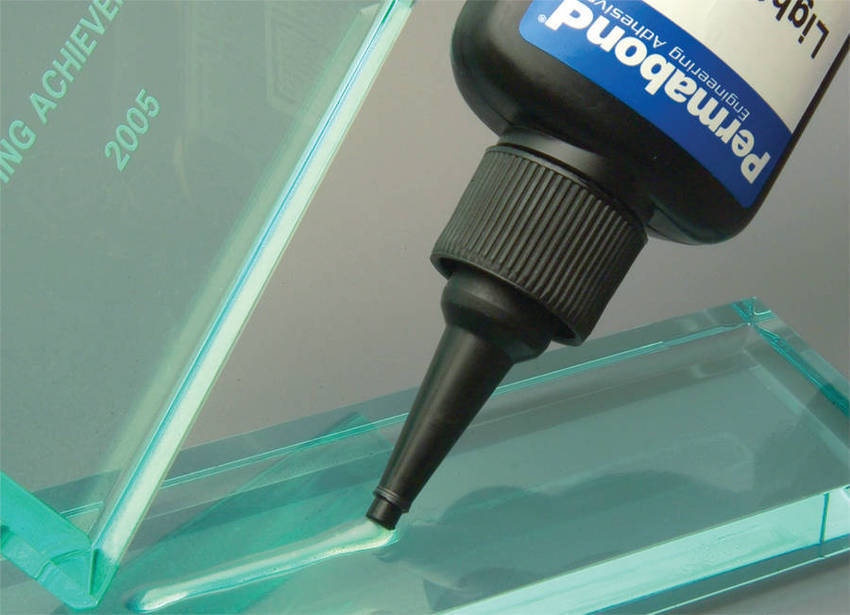
(Credit: Global Spec)
The UV adhesives market is expected to reach USD 1,222.5 million by 2021, at a CAGR of 9.15% between 2016 and 2021. The rising use of UV adhesives in the medical, glass bonding, and electronics industry and high growth in emerging countries is expected to fuel the growth of the UV adhesives market. However, the high cost of UV technology as compared to other conventional adhesives may restrain the growth of the market in the coming years.
Silicone is the fastest-growing segment of the UV adhesives market, in terms of volume. With the developments in the silicone-based UV adhesives, their demand has increased in the medical and electronics applications, due to excellent chemical structure and inherent properties.
Asia-Pacific is the fastest-growing market for UV adhesives market, in terms of value and volume. High economic growth rate, growing manufacturing industries, cheap labor, increasing foreign investments, rise in applications of UV adhesive across medical, glass bonding, and electronics applications are some of the major factors expected to fuel the growth of the market. Countries such as China, South Korea, and Taiwan, which are major hubs for the production of electronic components are expected to drive the growth of the market in Asia-Pacific.
– By Company Type – Tier 1 – 43%, Tier 2 – 36%, and Others – 21%
– By Designation – C level – 21%, D level – 29%, and Others – 50%
– By Region – North America – 36%, Europe – 36%, Asia-Pacific – 21%, Rest of the World – 7%
The key companies profiled in this report are Henkel AG & Co. KGaA (Germany), H.B. Fuller (U.S.), Ashland Inc. (U.S.), Dymax Corporation (U.S.), The 3M Company (U.S.), and Permabond Engineering Adhesives (U.K.).
The UV adhesives market has been covered in detail in this report. The current market demand and forecasts have also been included in the report. The UV adhesives market has been segmented on the basis of resin type such as acrylic, cyanoacrylate, epoxy, silicone, polyurethane, and others. The market has also been segmented on the basis of application, such as medical, electronics, glass bonding, packaging, transportation, industrial assembly and others. Regions considered for the study includeNorth America, Europe, Asia-Pacific, and rest of the world.




